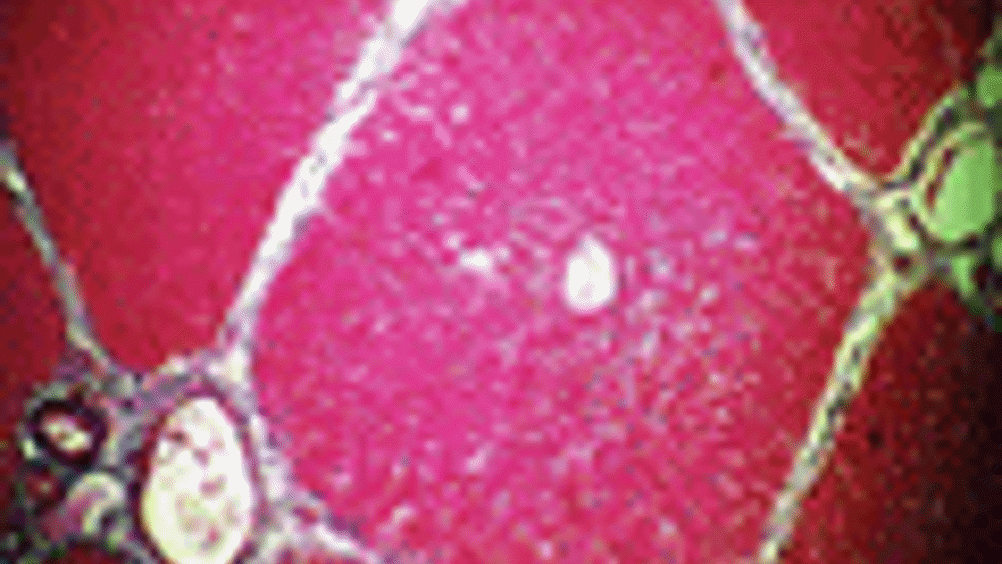Gene therapy

Patients suffering from a rare congenital liver disease could be cured with a technique that delivers gene therapy directly to the organ.
The method, being studied by Philips Research and GlyGenix Therapeutics, would use microscopic bubbles to penetrate liver cells so that therapeutic DNA can enter.
Such a technique could be used to treat patients with Glycogen Storage Disease Type 1a (GSD-1a).
Those with the inherited disease carry a defective G6Pase gene that prevents the body from producing an enzyme that plays a critical role in the conversion of glycogen to glucose. The result means a patient’s liver stores excessive amounts of glycogen.
Philips and GlyGenix Therapeutics believe that these patients could one day have microbubbles and a non-defective G6Pase gene injected into their bloodstream.
The microbubbles, which are gas-filled spheres made of biocompatible material, act as an ultrasound contrast agent. Their arrival in the liver would be tracked with an ultrasound scanner.
When at the liver, a doctor would subject the microbubbles to high-energy focused ultrasound pulses at their resonant frequency, causing them to rapidly expand and contract.
Register now to continue reading
Thanks for visiting The Engineer. You’ve now reached your monthly limit of news stories. Register for free to unlock unlimited access to all of our news coverage, as well as premium content including opinion, in-depth features and special reports.
Benefits of registering
-
In-depth insights and coverage of key emerging trends
-
Unrestricted access to special reports throughout the year
-
Daily technology news delivered straight to your inbox










UK Enters ‘Golden Age of Nuclear’
The delay (nearly 8 years) in getting approval for the Rolls-Royce SMR is most worrying. Signifies a torpid and expensive system that is quite onerous...